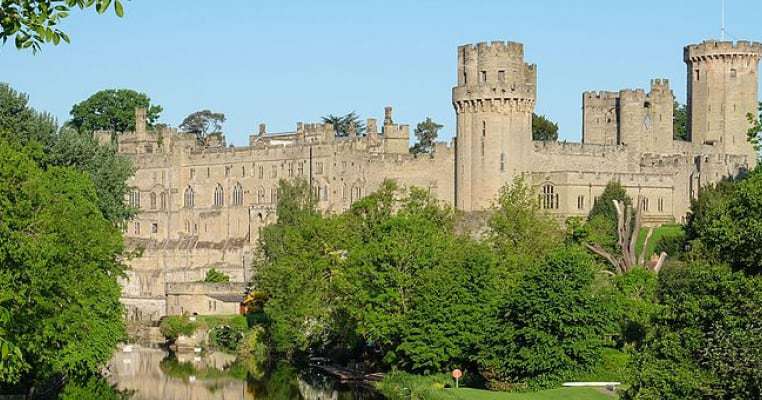Who doesn’t love a good castle? Behemoths of the architectural world, undertaken on a scale unseen in modern times, nothing is quite so evocative of the medieval past. Yet in the medieval period, castles played several different roles. They were homes for kings and aristocrats, symbols of prestige, military bases, prisons, and symbols of power that reminded people of the need to behave lawfully (or at least according to the whims of whomever owned the castle). That so many are preserved, despite their age at times reaching nearly 1, 000 years, demonstrates their importance to our sense of the past.
In Britain, alone, there are over 1, 000 still to be seen. Castles in Britain have their roots in the hill forts of the Bronze Age, which housed soldiers in strategically-important places on a semi-permanent basis, but it was after the Norman Conquest (1066) that the castle as we know it today took shape. Wishing to enforce his rule over his new subjects, William the Conqueror undertook the largest campaign of castle building ever known, and most individual castles can trace their origins to this point in history. Read on for 12 of the best-preserved and historically-important castles in Britain.

Tower of London
No castle demonstrates the castle’s symbolic role as a demonstration of power and terror quite like the Tower of London. After defeating Harold Godwineson at the Battle of Hastings in September 1066, William the Conqueror made London his capital, and tried to discourage any local debate about his right to rule England by building the Tower of London. In 1078, he replaced the original wooden structure with the notorious White Tower, a vast keep which was later whitewashed to make it yet more intimidating to the king’s subjects. It was added to and restored many times over the following centuries.
Despite its antiquity, the White Tower was kept as the hub of the castle, and major defensive extensions were made by Richard I (r.1189-99) and Edward I (r.1272-1307). Today, the Tower encloses an area of 12 acres, and is made up of a drained moat, two encircling defensive walls, and a series of towers, all centred around the White Tower. London has always been the seat of power in England since William’s day (though Charles I ineffectively made Oxford the capital during the Civil War), and simultaneously the Tower of London has been at the very nexus of English history.
Perhaps its most famous role was as a prison, a function dating from 1100. The first recorded prisoner was Bishop Ranulf Flambard, incarcerated for his harsh taxation of the populace, who escaped after plying his guards with drink. Many others have been imprisoned in the Tower, most famously the Princes in the Tower, the young sons of Edward IV who were murdered there during the Wars of the Roses, allegedly by their uncle Richard III. It was also used for other important prisoners, such as John II of France and David II of Scotland, and even Rudolf Hess in 1941.
Anne Boleyn was beheaded on Tower Green, and though only a handful of people were executed within the castle itself countless prisoners (including Guy Fawkes and Walter Raleigh) were executed just outside its walls. Their heads were displayed on Traitor’s Gate on the Thames-side of the Tower as a warning to others. However, the Tower’s bloody history is not only confined to executions. In the Peasants’ Revolt of 1381, the protestors stormed the castle and dragged the Archbishop of Canterbury, Simon Sudbury, kicking and screaming from the White Tower’s chapel before beheading him with 8 blows outside the castle.
Although the Tower was rarely used as a royal residence after the Tudor period, it remains vitally important to this day, and has housed the Crown Jewels of England since the 13th century. 23, 500 jewels are held at the Tower today, with an estimated worth of £20 billion ($27.1 billion). Between the 12th century and 1830 it also housed the Royal Menagerie, which at various points contained lions, hyenas, bears, and monkeys. In the 18th century, the Menagerie could be visited by anyone willing to part with 3 half-pence or a cat or dog to feed to the lions.

